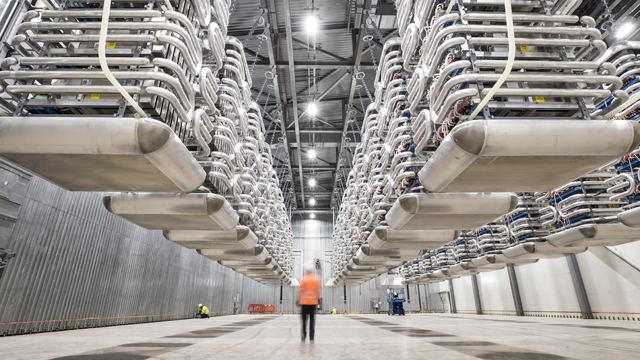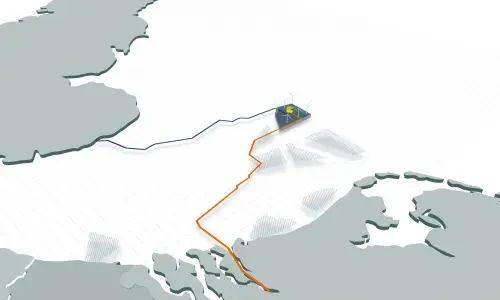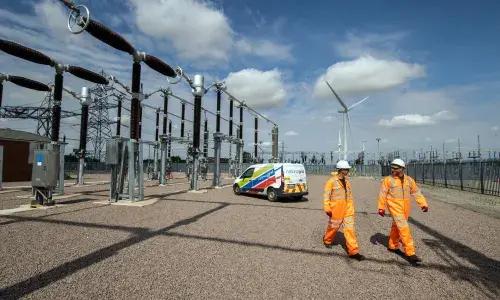
Ofgem enables National Grid to make early payment of interconnector revenues, helping to reduce household bills
National Grid has offered to pay £200m of interconnector revenues ahead of schedule rather than at the end of the standard five-year review period to play its part in reducing household energy bills.
Interconnectors, which are subsea electricity cables connecting the UK and Europe, enable the import of cheaper, cleaner energy from European neighbours, supporting security of supply and reducing carbon emissions.
It's estimated that National Grid’s interconnector portfolio will help the UK avoid around 100 million tonnes of carbon emissions by 2030.
Ofgem has approved National Grid’s request to make early payments to consumers of £200 million over the next two years as part of the regulatory regime for electricity interconnectors.
Ofgem’s cap and floor regime sets a yearly maximum (cap) and minimum (floor) level for the revenues that the interconnector licensees can earn over a 25-year period. Usually, revenues generated by the interconnector are compared against the cap and floor levels over five-year periods. Top-up payments are made to the interconnector licensee if revenues are lower than the floor; and similarly, the licensee pays revenues in excess of the cap to consumers.
Ofgem’s approval enables National Grid to make payments of above cap revenues significantly earlier than originally planned, which will contribute to reducing consumer energy costs over the next two years. National Grid is now working with Ofgem to explore how to ensure the early payments can have the most impact for consumers.
National Grid is investing more than £2 billion in interconnector capacity, which helps increase energy security and efficiency by smoothing peaks in supply and demand. By 2024, it will have almost 8 gigawatts of capacity in operation, which will provide enough clean electricity to power around 8 million homes.
Interconnectors are a key tool in transporting clean energy from where it is plentiful to where it is needed most. By 2030, it is estimated that National Grid’s interconnector portfolio will help the UK avoid around 100 million tonnes of carbon emissions that would otherwise have been generated by more carbon-intensive domestic generation.
John Pettigrew, National Grid CEO, said: “While National Grid’s impact on customer bills is relatively small, we strive every day to keep our costs as low as possible. Given how challenging the current rise in overall energy costs is for people across the country, we want to play our part in helping reduce consumer bills.
“That’s why we have requested this change to our standard regulatory process and are working with Ofgem to accelerate payments over the next two years to make a difference now.”
Jonathan Brearley, Ofgem CEO, said: “This early payment of £200m ensures consumers get value for money sooner from our regulatory framework.
“Our regulatory approach for interconnectors not only protects the interests of consumers, but it also promotes new investment in affordable, modern energy infrastructure."
He added: “We’re now working at pace to ensure this money is returned to the consumer in the fastest and most impactful way.”
Contact for media information only:
Jamee Majid
07973 948133
[email protected]
Notes to editors:
- The interconnector cap and floor regulatory regime covers a number of undersea cables operated by National Grid, including Nemo Link, which was opened in 2019 and connects to Belgium, IFA2 which was opened in 2021 and connects to France, NSL (North Sea Link) which was opened in 2021 and connects to Norway, and Viking Link which will connect to Denmark when it opens in 2024.
- This return of £200m is just one example of how Ofgem uses its regulatory powers to ensure energy companies deliver value for money for consumers.


